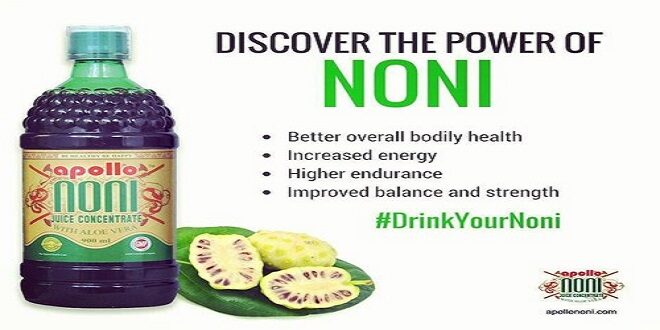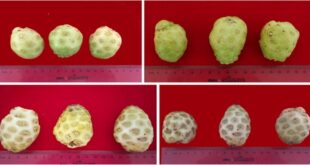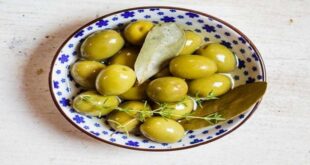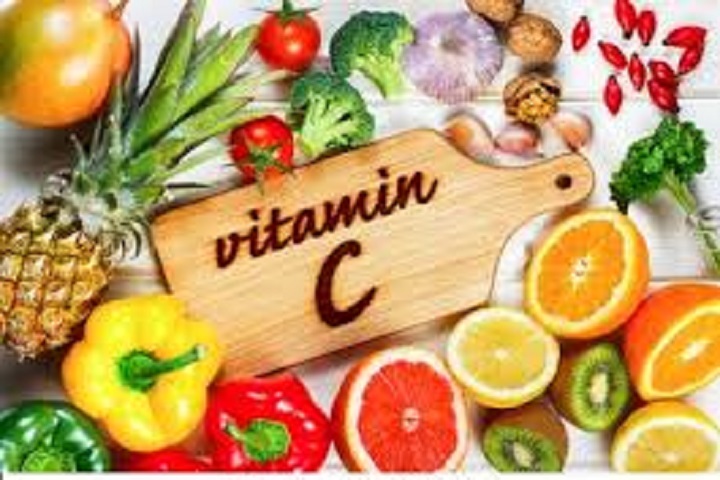Most probiotic bacteria used in fermented products are members of the genera Lactobacillus and Bifidobacterium (Daly and Davis 1998). People normally consume probiotics as part of fermented foods having active, live probiotic cultures such as yogurt or dietary supplements.
Such bacteria when administered in adequate amounts confer health benefits on humans, including stimulation of immune systems, reduction of serum cholesterol levels, improved lactose digestion, and management and prophylaxis of certain gastrointestinal infections.
Recently, lactic acid bacteria such as Lactobacillus acidophilus, Lactobacillus Plantarum, Lactobacillus casei, Bifidobacterium long, and Bifidobacterium lactis have been used in fruits to produce probiotic beverages derived from fruits.
The fermented noni juice industry is still very young, having been in existence for only 15 years or so. There is great opportunity and need for fermentation research and product development for the best products to be manufactured. Research on the effects of fermentation on the major bioactive chemical components is desperately needed.
ice fermentation should be identified and fermentation processes be improved to allow their controlled use. An example of such improved products lies in probiotics. Optimum environmental parameters for the fermentation of noni juice also need to be identified, such as fermentation temperature
Chan-Blanco et al. (2007) found that initially populations of molds, yeasts, and mesophyllic bacteria increased exponentially in noni juice undergoing fermentation. After 2 weeks, microbial growth changed abruptly. The growth of yeasts, molds, and mesophyllic bacteria stabilized, whereas the growth of lactic acid bacteria decreased abruptly and became undetectable after 5 weeks.
All phenolic compounds, including scopoletin and rutin, varied significantly immediately after harvest but remained more or less steady during aging. Vitamin C and total phenols content remained constant. Their results indicated that the “traditional” processing treatment of fermentation did not appear to affect the main composition of noni fruits because significant changes occurred mostly during ripening and imperceptibly during aging.
The microbiological activity did not significantly affect the content of phenolic compounds and vitamin C or the oxygen radical absorbance capacity. However, further work is needed to determine the effects of various bacterial species on medicinally important chemistry in the noni fruit juice.
here is inconsistency among studies for the ability to recover important biologically active chemistry from noni fruits. For example, Chan-Blanco et al. (2007) could not detect aucubin and alizarin, whereas Wang et al. (2009) and McKoy et al. (2002) detected aucubin and alizarin, respectively.
This disparity suggests a possible variation among noni genotypes for medically active chemical composition. We know that noni is an extremely variable species with a wide range of plant morphologies across the Pacific Islands (McClatchey 2003).
The disparity could also suggest differences among researchers in extraction or chemical detection methods and the need for more research to clarify questions about these apparent discrepancies. Chan-Blanco et al. (2007) did not note any significant reduction in pH in their experiments but noted the presence of molds and yeasts in the juice. This indicates that fermentation was done primarily by the molds and yeasts rather than by bacteria normally associated with noni fruits. Chan-Blanco et al.
(2007) also noted an increase in ethanol production in their experiments, another indication that fermentation was accomplished primarily by molds and/or yeasts. This conclusion is supported by their observation that lactic acid bacterial populations crashed after several weeks of fermentation. The air in their plastic containers also probably favored the molds and yeasts.
Aging (ripening and fermentation) of noni fruits has a significant effect on the concentration of various biologically active chemistries
Last word
the concentration of scopoletin is low in unripe fruits but increases during ripening. Conversely, unripe noni fruits with physiological maturity presented the highest concentration of rutin, which then decreased during ripening.
 TRUTHREVIEWERS
TRUTHREVIEWERS




